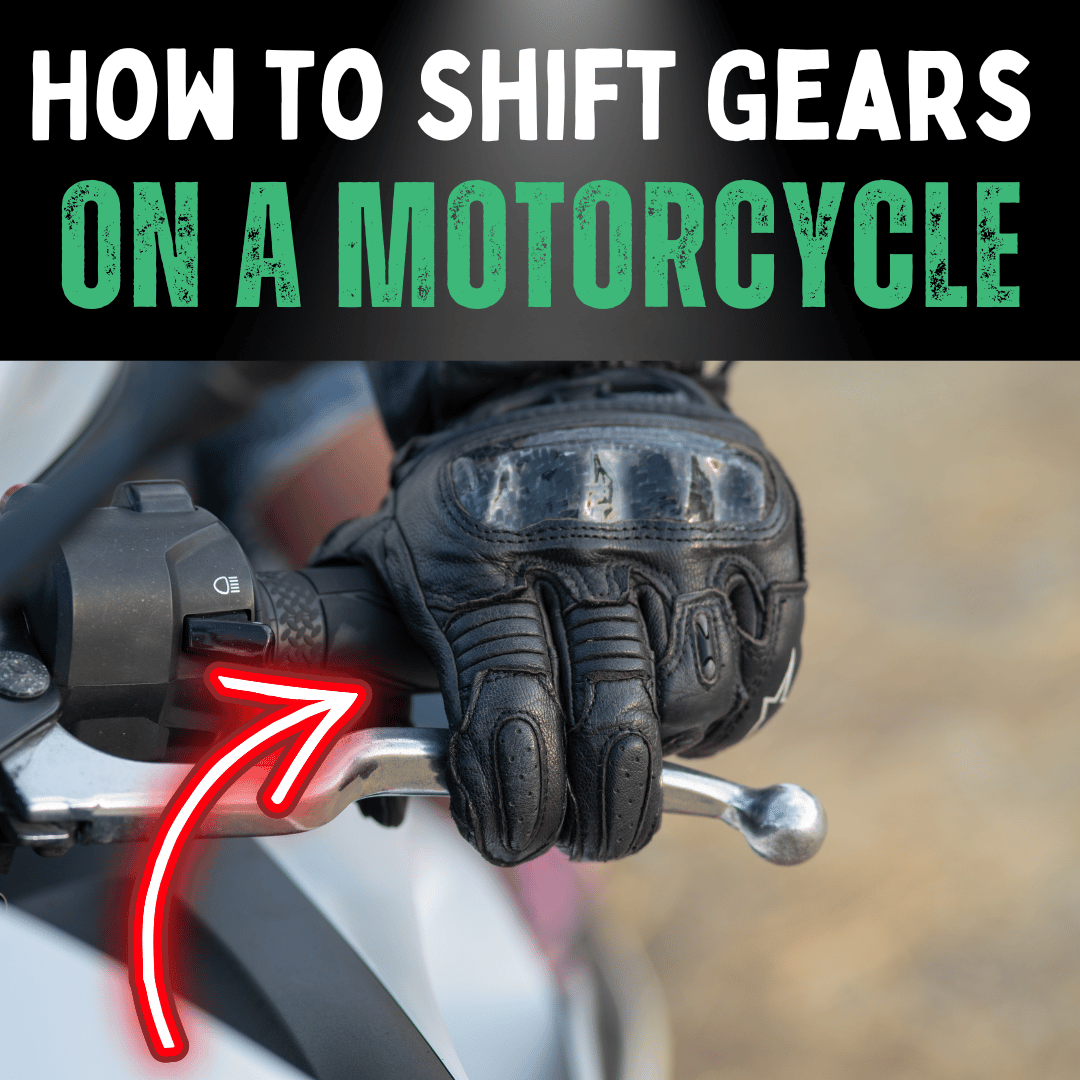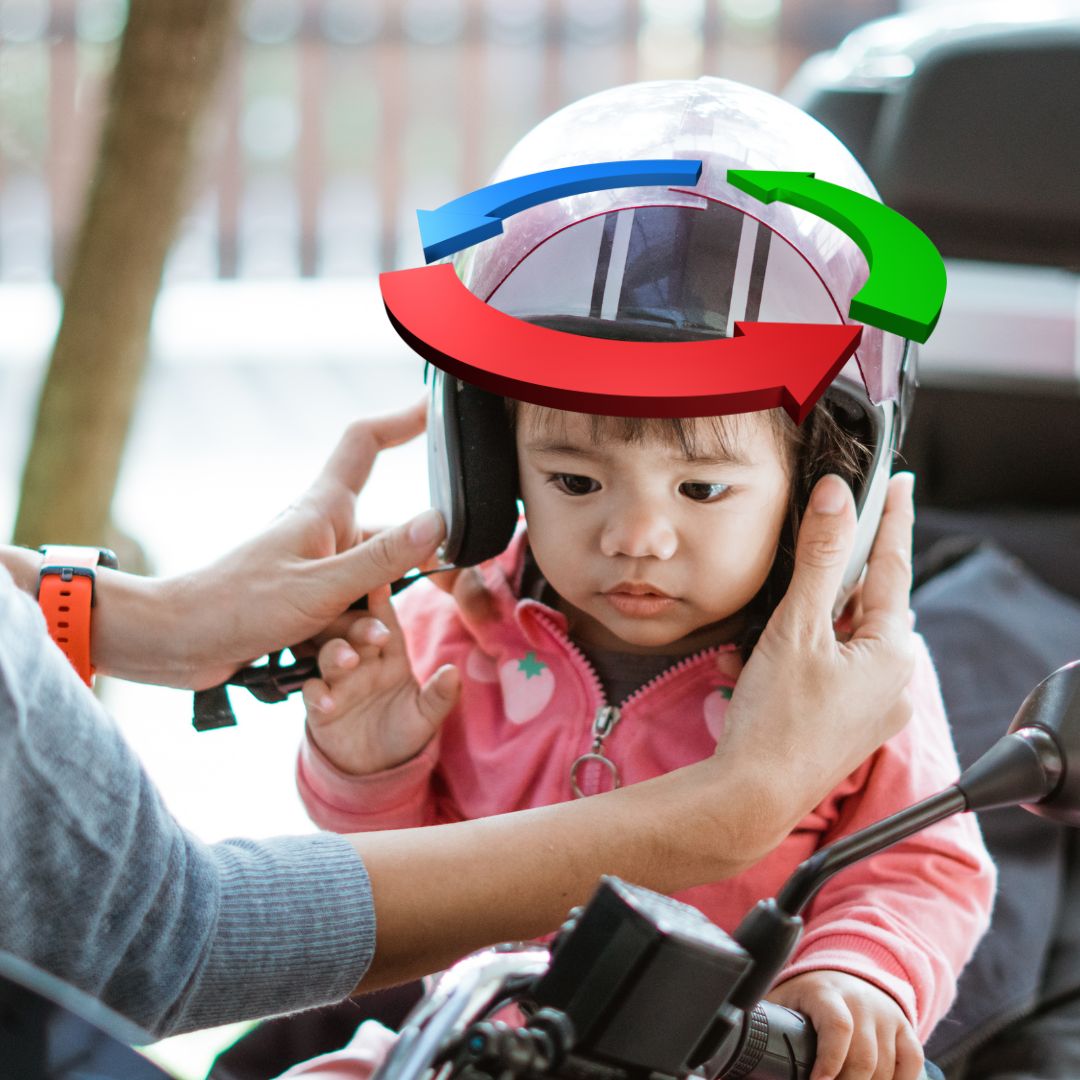
Published: 5.9.23
Updated: March 24, 2025
Learning how to shift gears on a motorcycle is a thrilling first step for any rider. Mastering this skill ensures a safer, smoother ride.
Whether you’re a beginner or a seasoned rider needing a refresher, this guide simplifies motorcycle gear shifting for all levels.
Explore our 2025 step-by-step tutorial, packed with tips and advanced techniques to boost your two-wheeled journey.
How to Shift Gears on a Motorcycle: Step-by-Step Summary
| Step | Main Points |
|---|---|
| Close the Throttle | Use right hand to ease off the gas. |
| Apply the Brakes | Slow down with right hand and foot. |
| Pull in the Clutch | Disengage engine from transmission. |
| Select a Lower Gear | Shift down with left foot. |
| Blip the Throttle | Rev-match for a smooth downshift. |
| Release the Clutch | Re-engage engine smoothly. |
Motorcycle Controls You Need to Know
Before learning how to shift gears on a motorcycle, get familiar with these key controls:
Clutch Lever: Disengages engine from wheels (left hand).
Shift Lever: Selects gears with your left foot.
Throttle: Controls engine power (right hand).
Why? You need to know your tools before mastering motorcycle gear shifting.
Learn more about riding basics or RPMs.
How to Shift Gears on a Motorcycle: Step-by-Step Guide
Ready to ride? Here’s how to master shifting gears on a motorcycle with ease.
Step 1: Close the Throttle
Think of the throttle as your engine’s power dial. To shift gears, ease off the gas.
Roll your right wrist toward you to close the throttle smoothly.
This sets up a seamless gear transition.
Related: Are Motorcycles Automatic or Manual?
Step 2: Engage the Clutch Lever
The clutch is your gear-shifting partner. Pull it in with your left hand.
This disengages the engine from the transmission, pausing power to the wheels.
Related: How to Ride a Dirt Bike With a Clutch (For Beginners)
Step 3: Use the Shift Lever
With your left foot, press down to shift to a lower gear or lift up for a higher one.
The shift lever clicks into place, selecting your new gear effortlessly.
Step 4: Release the Clutch and Add Throttle
Smoothly release the clutch while rolling on the throttle with your right wrist.
It’s a coordinated move—practice makes it second nature.
Step 5: Practice and Repeat
Gear shifting improves with time. Keep practicing for fluid transitions.
Related: How to Shift Gears on a Motorcycle Like a Pro
Troubleshooting Motorcycle Gear Shifting Problems
Gear shifting issues can happen even with perfect technique. Quick fixes keep your ride smooth and your transmission safe.
Here’s how to troubleshoot common problems:
Difficulty Engaging Gears
Struggling to shift? Check these:
- Low Transmission Fluid: Top up or replace if dirty.
- Clutch Adjustment: Ensure it’s not worn or misaligned.
- Worn Parts: Shift forks or gears may need a pro’s touch.
Grinding Noises When Shifting
Hearing a grind? Try these:
- Clutch Not Fully Disengaged: Pull the lever all the way in.
- Low Fluid: Check and refill transmission fluid.
- Worn Synchronizers: Seek professional repair.
Gears Slipping
Slipping out of gear? Look here:
- Worn Gears: Professional repair may be needed.
- Shift Linkage: Adjust if misaligned.
- Fluid Levels: Top up if low.
Preventing Gear Shifting Issues
Keep your transmission healthy:
- Check and change fluid regularly.
- Adjust clutch as needed.
- Shift smoothly to reduce wear.
When in doubt, consult a mechanic for expert help.
Advanced Motorcycle Gear Shifting Techniques
Mastered the basics? Try these advanced motorcycle gear shifting techniques with practice.
Power Shifting
Power shifting skips the clutch for faster gear changes—popular with racers.
- Maintain steady throttle.
- Apply light pressure on the shift lever.
- Quickly roll off and back on the throttle.
- Feel the gear engage smoothly.
Note: Use sparingly to avoid transmission stress.
Rev-Matching for Downshifting
Rev-matching smooths high-speed downshifts, preventing wheel hop.
- Brake to slow down.
- Pull in the clutch and downshift.
- Blip the throttle to match engine RPM.
- Release the clutch gently.
When to Shift Gears on a Motorcycle
Listen to your engine. High-pitched revs mean shift up; low grumbles mean shift down.
Use your tachometer as a guide—more on that below.
Common Mistakes in Motorcycle Gear Shifting
- Slamming the clutch or throttle.
- Ignoring engine sounds.
- Hesitating during shifts.
Motorcycle Gear Shifting Tips
- Monitor RPMs: Watch your tachometer.
- Stay Smooth: Glide through shifts like ice skating.
- Anticipate: Read your engine’s needs with experience.
Safety Before Shifting Gears
- Check the Road: Ensure a clear path ahead.
- Mirrors: Watch for blind spots.
- Gear Up: Wear proper riding gear.
- Hand Position: Keep hands ready for clutch and throttle.
Gear Shifting and Speed
Gears match speed ranges—here’s a guide:
- 1st Gear: 0-15 mph.
- 2nd Gear: 15-30 mph.
- 3rd Gear: 30-45 mph.
- 4th Gear: 45-60 mph.
- 5th Gear: 60-75 mph.
Reading Your Motorcycle Tachometer
Your tachometer guides when to shift gears on a motorcycle:
- Low RPMs (1,000-3,000): Downshift.
- Mid RPMs (4,000-6,000): Cruise.
- High RPMs (7,000+): Shift up.
Check your manual for model-specific ranges.
Related: What RPM Should I Ride My Motorcycle At?
How to Downshift on a Motorcycle Smoothly
- Close Throttle: Ease off with your right hand.
- Brake: Slow down gently.
- Pull Clutch: Disengage with your left hand.
- Downshift: Press the shift lever with your left foot.
- Blip Throttle: Quick rev to match RPMs.
- Release Clutch: Smoothly re-engage.
Conclusion
Mastering how to shift gears on a motorcycle takes practice but transforms your ride.
With these tips, you’re set for safer, smoother adventures. Ready to hit the road?
Frequently Asked Questions About Motorcycle Gear Shifting
What’s the Role of Neutral in Motorcycle Gearing?
Neutral, between 1st and 2nd gears, disconnects the engine from the gearbox. It’s ideal for idling or stopping without engine braking.
Is Double-Clutching Needed for Motorcycle Gear Shifting?
Not usually—modern bikes have synchronized transmissions. It can smooth downshifts for some riders, though.
How Can I Make Gear Shifts Smoother?
Use light pressure on the clutch and release it gradually. Smooth throttle control also helps prevent lurching.
Can I Skip Gears When Shifting?
Experienced riders can skip gears in certain conditions, but beginners should shift sequentially for control and safety.
Ready to Ride? 🚀
Loved this guide on how to shift gears on a motorcycle? Dive deeper into our biking tips!
Got questions about kids’ ride-on toys? Chat with us live or explore RiiRoo.com.





Share:
The Ultimate Guide to Lean and Rich Bogs
Motorcycle Blind Spots: A Comprehensive Guide